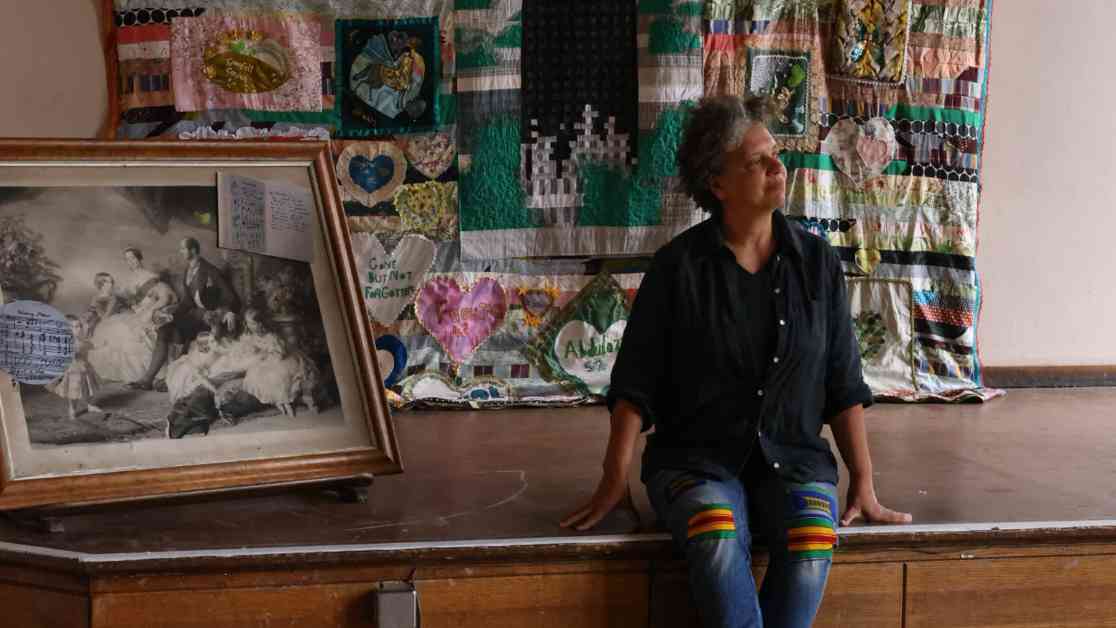Gloria Daniel, a passionate historian, is on a mission to shed light on the ties between historic buildings and the slave trade. Her exhibition, 50 Plaques and Places, at Ashton Court is showcasing handmade ceramic plaques and artworks that highlight the intimate connection between buildings like Ashton Court and the transatlantic slave trade.
Daniel’s work with TTEACH (Transatlantic Trafficked Enslaved African Corrective Historical) Plaques aims to bring attention to the legacy of slavery in Britain’s built environment. She delves into the history of Bristol’s slave-owning families, revealing the deep roots of slavery in the city’s past.
Her drive to uncover these hidden histories stems from the 1833 Act for the Abolition of Slavery, which compensated slave owners for the loss of their “property” – enslaved people. This compensation, financed by the British government, ended up funding notable buildings across the UK, including churches and cathedrals.
For Daniel, this historical injustice hits close to home. She traces her ancestry back to John Isaac Daniel, a man born into slavery on a plantation owned by the family of Thomas Daniel, a prominent sugar merchant in Bristol. Thomas Daniel’s wealth and influence were built on the trade of enslaved people, and his legacy is memorialized in buildings like Bristol Cathedral.
Daniel’s exhibition and upcoming memorial at Bristol Cathedral are her way of correcting this injustice and honoring the enslaved people whose suffering built these grand structures. She believes that recognizing and acknowledging this painful history is essential for moving forward and creating a more just society.
As we walk through the exhibition, Daniel’s passion and energy are palpable. She shares stories of her family’s past, her own journey of discovery, and her determination to ensure that these untold stories are brought to light. Through her work, she hopes to challenge the status quo and spark conversations about reparations and reconciliation.
In a city like Bristol, with a complex history intertwined with the slave trade, Daniel’s efforts are a powerful reminder of the need to confront the past and work towards a more equitable future. By uncovering the hidden histories of historic buildings, she is shining a light on the dark legacy of slavery and calling for a reckoning with the past.













